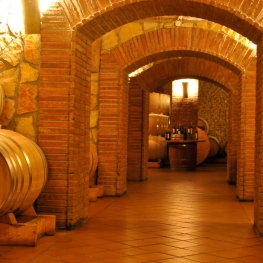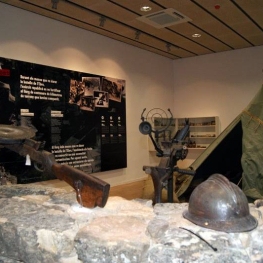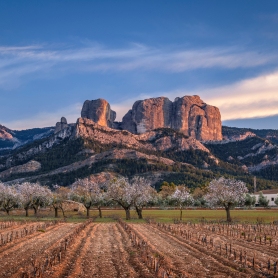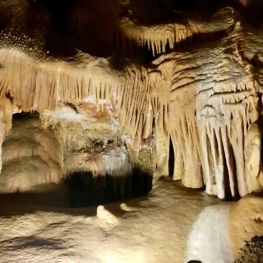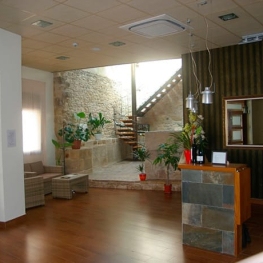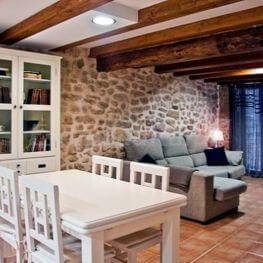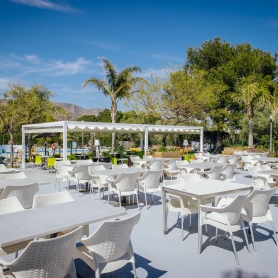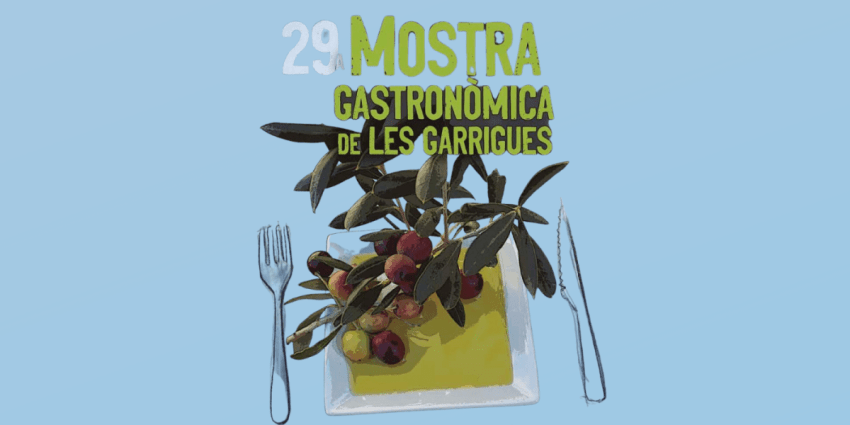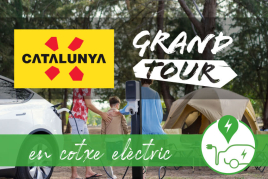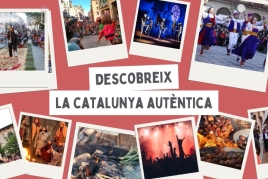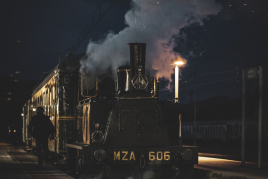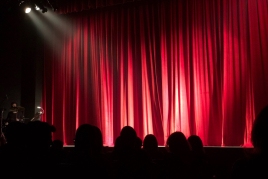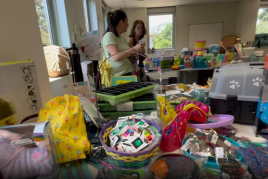Route of the Peace: The Battle of the Ebro
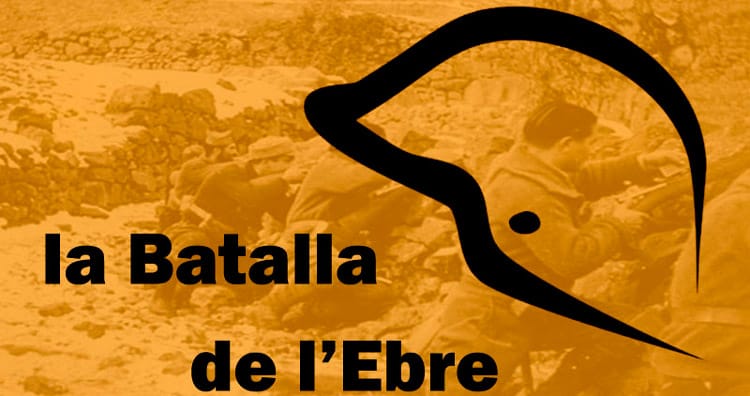
Since 1981 is celebrated every September 21 the International Day of Peace proclaimed by the United Nations.
This day marked calendars universally in all the world are intended to strengthen the human rights principles and the ideals of peace and non-violence of every nation and people, and the relationships of both, making a step forward for peace .
For this reason we want to animate from femturisme to make a variant of the existing Peace Path to participate in your own way to this day.
A route that will lead you through a territory that was witness to a terrible war and a brutal frivolity where many people were killed, the Battle of the Ebro. This is now a place where you try to find the peace that no old pipe, and which is the best way of searching but sightseeing?
A little history ... the Battle of the Ebro
 The Battle of the Ebro was the last scene of the bloody Spanish Civil War. This, as the name suggests snorkel spot in the Ebro between July 25 and November 16, 1938.
The Battle of the Ebro was the last scene of the bloody Spanish Civil War. This, as the name suggests snorkel spot in the Ebro between July 25 and November 16, 1938.
The battle began at 0:15 hours in the morning of July 25, 1938 when Republicans crossed the Ebro river at different points between Mequinensa and Amposta breaking defensive lines of Franco's army was on the other side.
Colonel Franco General Franco's troops, wanted in every way possible to regain lost territory in Catalonia having already made the first step to Lleida which was already under his hands.
 His position this confrontation became one of the bloodiest conflicts and hard, with 115 days of fighting and some 130,000 dead between both sides, many of which still lie buried somewhere bad, possibly, unknown.
His position this confrontation became one of the bloodiest conflicts and hard, with 115 days of fighting and some 130,000 dead between both sides, many of which still lie buried somewhere bad, possibly, unknown.
This confrontation determined the end of the Second Republic and the victory of Franco's troops.
In the mountains and villages in the region where it happened this confrontation can still find traces that require us to take a look back and remember those 115 days of fierce combat as well as marking the lives of those who fought there, left a mark on the territory shelters, trenches, houses demolished and destroyed villages.
Gandesa point communication between Valencia and Aragon
 When the republican army crossed the river could reach the agricultural cooperative, the walls of the cemetery and the first home of the core of the population of Gandesa but failed to pass in this town.
When the republican army crossed the river could reach the agricultural cooperative, the walls of the cemetery and the first home of the core of the population of Gandesa but failed to pass in this town.
The construction of the agricultural cooperative Gandesa Martinell Caesar was commissioned in 1919. This is modernist artistic ceramics possessed the famous Nogues, unfortunately, were destroyed during the Civil War.
Other buildings were marked by the battle, such as P. Fonda Manyà, a building dated 1969 which was impacted by hundreds of bullets into the facade.
This town also has placed the Center for the Study of the Battle of the Ebro (CEBE) to help understand and learn more about this time in history. You can find a reproduction of a trench, soldiers personal items, photographs of aviation battalions or materials, among other things.
For the village cemetery also can walk and see, tombstones and crosses dedicated to the two sides and a monument dedicated to the republican army.
Finally and near Gandesa we recommend a visit to the Cota 705 Pàndols saw. This place, within the term of the Brai Pinell is the highest in the area and was occupied by Franco to fight the Republicans. Currently at this point is the Peace Monument dedicated to the soldiers of both armies.
Faterella and the strategic position of the Devees
 Township Faterella was another scenario, unfortunately, played an important role during the Civil War.
Township Faterella was another scenario, unfortunately, played an important role during the Civil War.
Faterella was the latest attempt to stop the advance of Franco's troops from the Republican army. Republicans settled in an area known as the Devees from where they organized their withdrawal.
Currently in this space have played a trench and you can visit a shelter that soldiers used as a bedroom and space for shelter.
 At the foot of the Sierra de Faterella you can see the plain Camposines them. Also in this space near the hermitage of Sant Bartomeu is Memorial Camposines them pretending to be a space for reflection and a tribute to the soldiers in this battle that happened 70 years ago.
At the foot of the Sierra de Faterella you can see the plain Camposines them. Also in this space near the hermitage of Sant Bartomeu is Memorial Camposines them pretending to be a space for reflection and a tribute to the soldiers in this battle that happened 70 years ago.
This is a kind of monument-huesera which houses an exhibition explaining the lives of 10 soldiers of the Battle of the Ebro and a space where they are deposited the remains of the bodies found throughout the area and have not been identified.
The two eyes of Corbera de Ebro, progress and future and past
 Today, when we visited this town we can distinguish two Corbera de Ebro with very different aspects and one of them, known as the Poble Vell, was destroyed by the cruelty of war. When this happened the inhabitants of were moving toward the bottom of the top where they formed the present town of Corbera de Ebro .
Today, when we visited this town we can distinguish two Corbera de Ebro with very different aspects and one of them, known as the Poble Vell, was destroyed by the cruelty of war. When this happened the inhabitants of were moving toward the bottom of the top where they formed the present town of Corbera de Ebro .
The Poble Vell has been declared a Cultural and has become a territory-memorial for peace as it has become a kind of open air museum.
Besides being able to see the devastating impact of the war on the civilian population, also you can see the alphabet for freedom. There are 28 letters have been published in various places of the remains of the old village.
Near Poble Vell Corbera de Ebro is the interpretive center of the Battle of the Ebro called "115 days" and recently opened (July 2008), intended to explain from a political and military perspective what happened in those 115 days war.
What to do
Enoturisme Celler Piñol
Batea (a 11.6 Km)Celler Piñol is a family winery located in Batea, dedicated to producing…
Museu Memorial Batalla de l'Ebre
GandesaThe Study Center is a permanent exhibition of the Battle of the…
Coves de Benifallet
Benifallet (a 7.5 Km)One of the best-known tourist options throughout the territory, made up of…
Where to eat
Restaurant Hotel Nou Moderno
Vilalba dels Arcs (a 7.4 Km)Hotel restaurant to enjoy the tranquility of Terra Alta and try the…
Where to sleep
Enoturisme Celler Piñol
Batea (a 11.6 Km)Celler Piñol is a family winery located in Batea, dedicated to producing…
Ca la Leonor
Bot (a 7 Km)Rural house from 1880, renovated in 2012, preserving the original wooden beams…
Restaurant Hotel Nou Moderno
Vilalba dels Arcs (a 7.4 Km)Hotel restaurant to enjoy the tranquility of Terra Alta and try the…
Càmping Alannia Costa Dorada
Vandellòs i l'Hospitalet de l'Infant (a 29.9 Km)Alannia Costa Dorada is located in an environment with direct access to…


